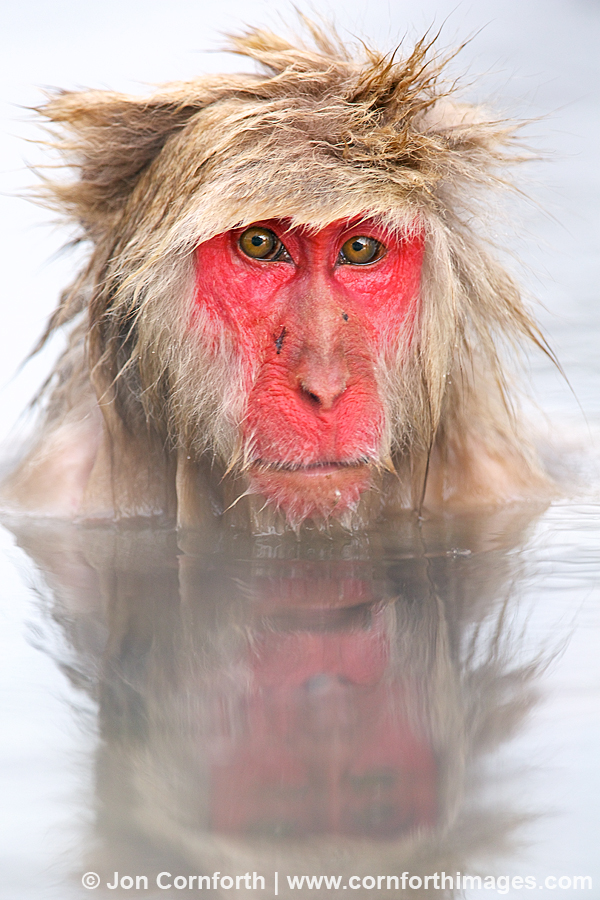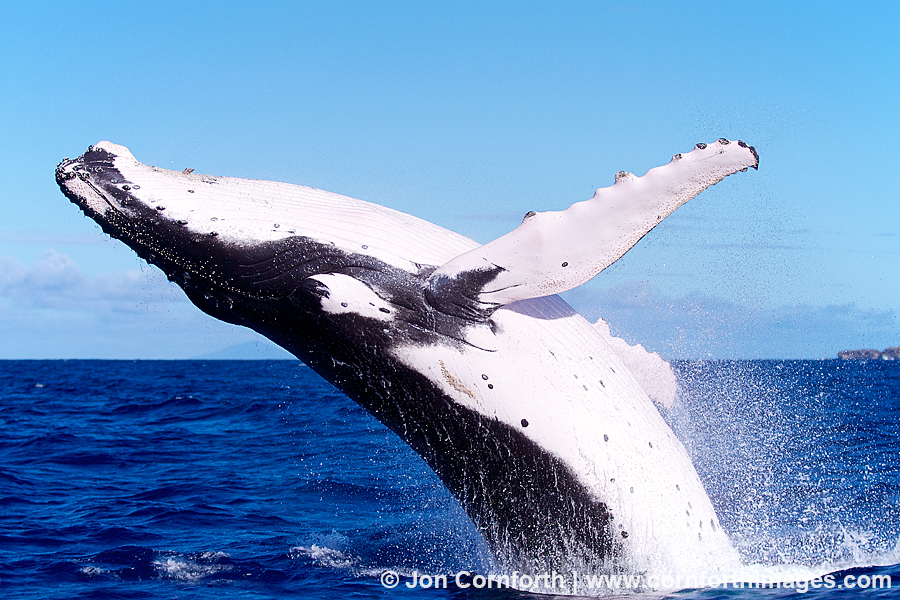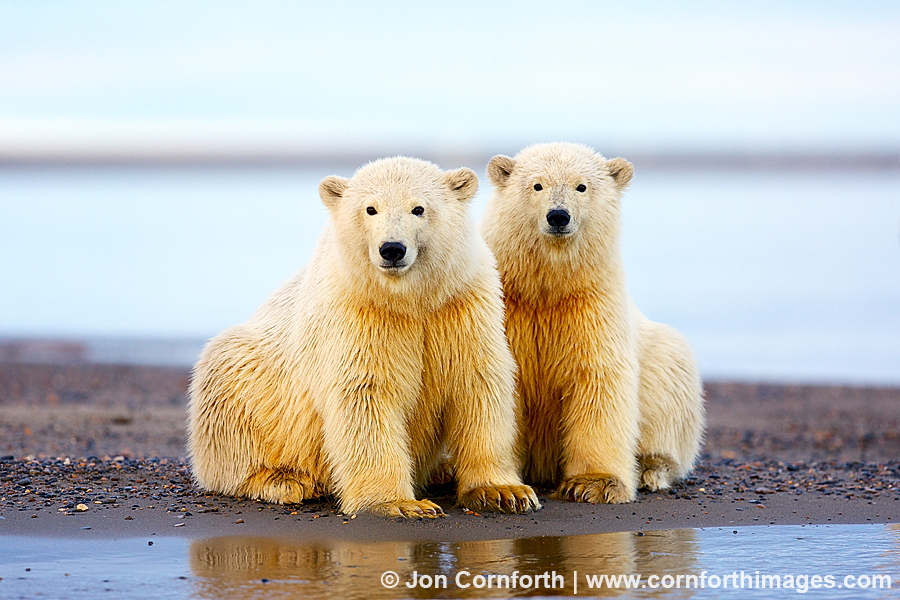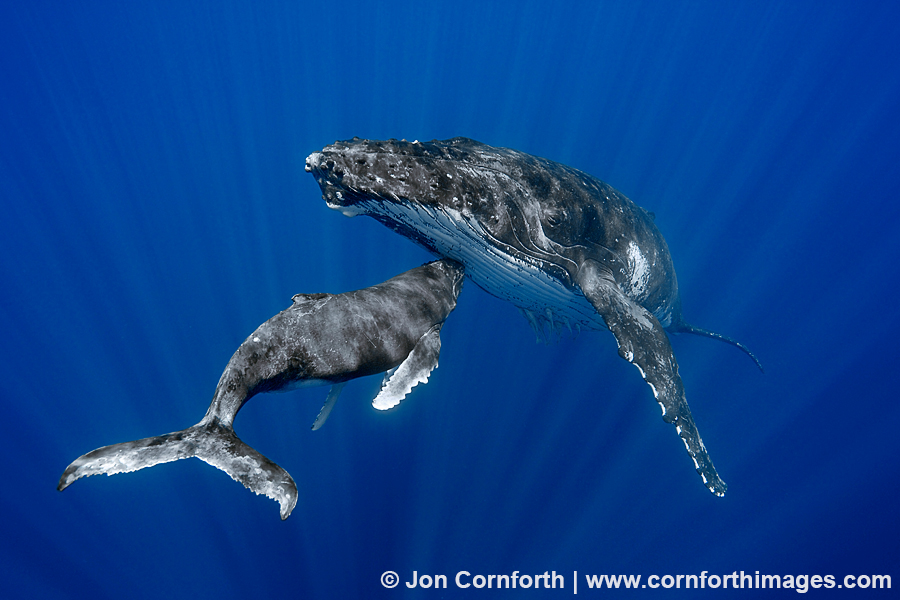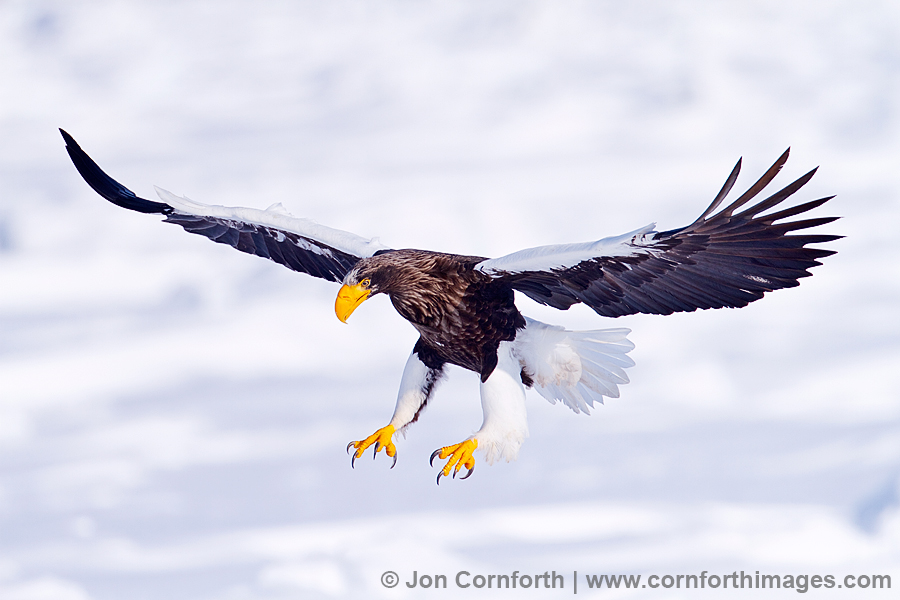
Steller’s Sea Eagle 1
Posted onMy favorite part of my recent Japan Wildlife Photography Tour was photographing the Steller’s sea eagles. This involved getting up at 4am, boarding a boat at 5am, then motoring out to the pack ice in the dark in order to be in position for first light. It was also very cold, something like -20°C. Once we arrived at the ice edge, the crew then proceeded to attract the eagles by placing and throwing fish on to the ice. Within a short time, we had tons of seagulls, crows, white-tailed eagles, and Steller’s all around us. There was so much action in the chaos that it was hard to figure out what to shoot. I blew the gorgeous sunrise light the first morning, but focused on dramatic flight shots the second morning. That is when I photographed this dynamic eagle coming in for a landing with its talons out.

